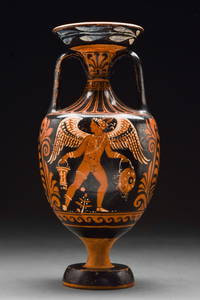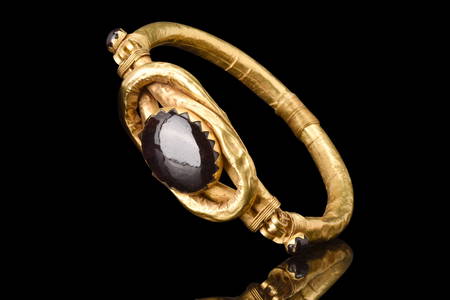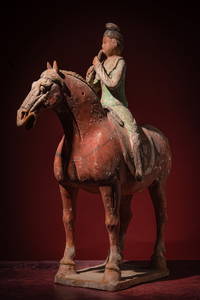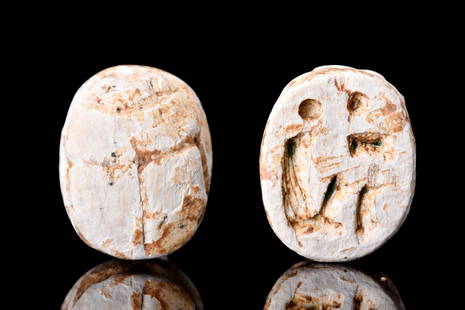Done
London, London, United Kingdom
Auction Details
ANCIENT ART, ANTIQUITIES & MILITARIA
Apollo Art Auctions is proud to present its latest auction ?Ancient Art, Antiquities and Militaria?, a carefully curated spectacle taking place on the 24th of September at 12pm GMT.
The sale begins with two masterfully decorated and expertly preserved vases, each exemplifying the pinnacle and development of ceramic craftsmanship for the Classical period in the important locales of Attica (Lot 1) and Apulia (Lot 2). The catalogue also includes a wealth of exquisite and well-provenanced works spanning most of recorded history and a diverse array of cultures. Particular highlights include Lot 19: a Rare Roman Golden ring with Carnelian Intaglio Depicting a Hunting Scene, part of the large selection of wearable jewellery available for bidding, and Lot 42: a Large Gandharan Schist Standing Buddha with Halo.
Celebrate the timeless value of ancient material culture and join us as a custodian of history. Bid securely online, by phone or as an absentee bidder with our team.
PAYMENTS CAN BE MADE IN USD, GBP and EUR. NO IMPORT CHARGES FOR MOST ANTIQUITIES WHEN SENT TO THE US. PACKING AND SHIPPING IS HANDLED IN-HOUSE BY OUR PROFESSIONAL WHITE-GLOVE TEAM.
Lot Number: Lowest
24
View:
24
TOP




















































